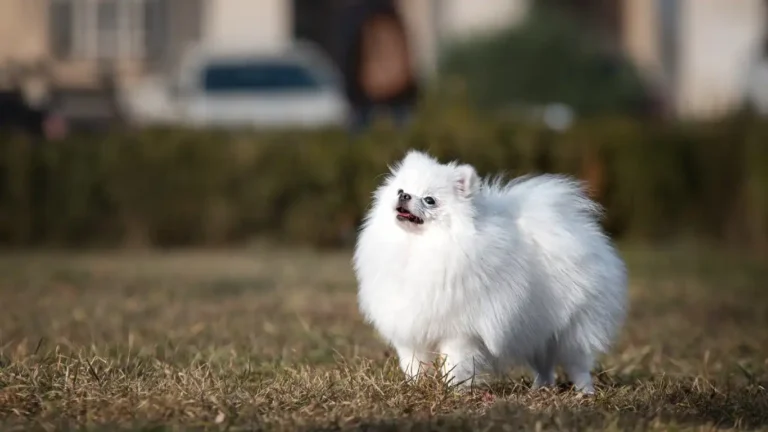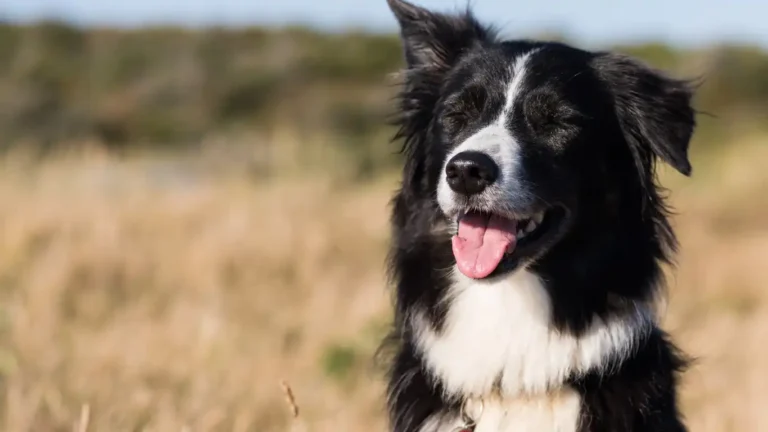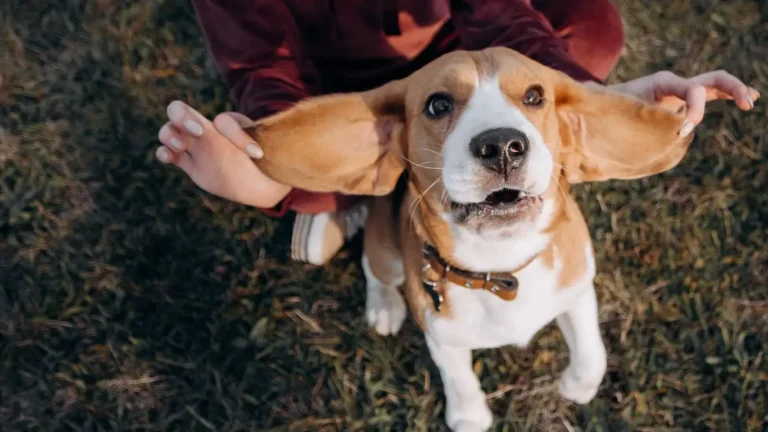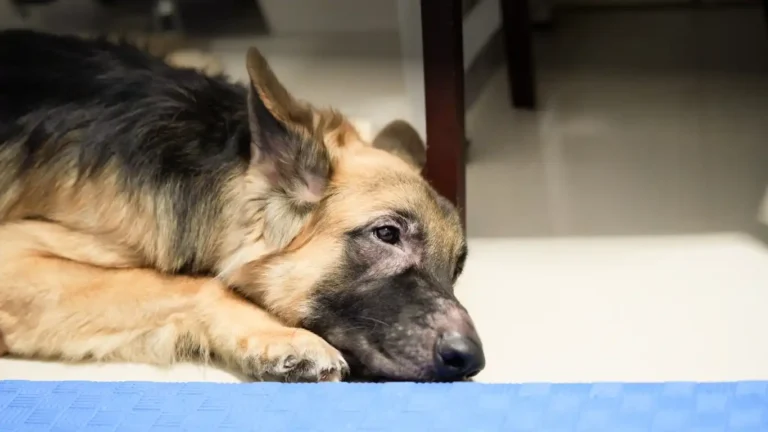How to Keep a Dog Safe Around Small Children: Essential Safety Tips
As a Veterinary Technician/Nurse specializing in Nutrition, I’ve had the privilege of working closely with dogs and their families, helping to ensure the health and happiness of both pets and people. One of the most common concerns I hear from pet owners is about keeping their dog safe around small children. It’s a valid concern, especially when we think about the energy that children bring and how dogs can sometimes get overwhelmed. So, let’s dive into the best ways to make sure both your dog and your kids are safe and comfortable together.
Understanding Dog Behavior Around Children
Before we jump into the tips, it’s crucial to understand that dogs, just like people, have their own personalities and comfort levels. Some dogs are naturally more tolerant and calm, while others may be a bit more anxious or reactive. Knowing your dog’s temperament is the first step in ensuring their safety around young children. I’ve seen countless cases where a dog’s body language can tell us everything we need to know—if we just pay attention!
Assessing Your Dog’s Behavior
It’s important to observe your dog’s behavior before introducing them to a child. Look for signs of stress or discomfort, like:
- Tail wagging (not always a good sign; the speed and position can indicate anxiety or excitement)
- Whining or barking excessively
- Showing their teeth or growling, even if it’s not a full-on snap
- Turning away from the child or attempting to retreat to a safe spot
In my experience, dogs who feel cornered or overstimulated may react in ways that can unintentionally scare or harm a child. This is where supervision comes in—making sure that your dog has the option to retreat if they need a break is vital.

How to Keep a Dog Safe Around Small Children
Keeping your dog safe around small children isn’t just about preventing harm to the child; it’s also about protecting your dog from situations where they might feel stressed or threatened. There are a few basic steps that every dog owner can take to help manage these interactions.
Supervision is Key
As much as we all wish we could trust our dogs and children to play together without any supervision, it’s just not realistic—at least, not in the beginning. Young kids are naturally curious and may not understand boundaries, which could lead to unintentional behaviors that upset your dog. For example, a child might pull on the dog’s ears, tail, or fur, which can be distressing for the dog. It’s essential to be there to step in if things get too rough.
One of the best ways to keep both your dog and your child safe is to always supervise interactions. This doesn’t mean hovering over them constantly, but being within earshot and watching for any signs that things might be getting too intense for the dog. I’ve found that this not only keeps everyone safe but also helps build a positive bond between the dog and child.
Teaching Children How to Interact with Dogs
On the flip side, it’s important to teach your child the right way to interact with your dog. Children under the age of five are often still learning how to manage their own emotions and may not understand that rough behavior can be upsetting to a dog. As a parent or pet owner, it’s your responsibility to set up boundaries.
- Teach your child to gently pet the dog, avoiding sensitive areas like the ears and tail.
- Show them how to respect the dog’s space—no hugging or picking the dog up without permission.
- Encourage your child to allow the dog to come to them, rather than chasing the dog around.
- Model calm behavior yourself so your child knows what respectful interactions look like.
In my experience, the best results come from teaching kids to be gentle and patient. Even if they’re excited, they should know that respecting the dog’s boundaries is essential. This can help prevent accidental injuries to the child and stress for the dog.

Creating Safe Spaces for Your Dog
Dogs, just like people, need their own space to relax and retreat when they’ve had enough. Creating a safe space for your dog—a designated area in your home where they can go to escape the noise and commotion of children—is essential. Not only does this give your dog a place to recharge, but it also helps prevent overstimulation, which could lead to unwanted behavior.
Setting Up a Dog-Friendly Area
Think of this area as a sanctuary for your dog. It can be a crate, a specific room, or even a quiet corner with their bed. Make sure this area is accessible at all times, so your dog knows they have somewhere safe to go when they need a break. This is especially important if your dog has a more introverted personality or if they’re new to living with children.
Some simple tips for creating a dog-friendly space include:
- Keep it quiet and calm: Avoid placing their space near the most active parts of the house.
- Provide comfort: Include their favorite toys, blanket, or anything that makes them feel safe.
- Ensure access: Make sure your dog can get in and out easily without obstruction.
From my experience, dogs who have a designated “safe zone” tend to be more confident and less likely to react negatively to children. They know they have a way out if things get too overwhelming.

Training Your Dog for Positive Interactions with Children
Now that we’ve covered supervision and safe spaces, let’s dive into one of the most important aspects: training. You might be thinking, “My dog is already trained!” But here’s the thing—training isn’t just about basic commands like sit or stay. It’s about teaching your dog how to interact with the world around them in a way that ensures safety and peace for everyone, including your children.
Positive Reinforcement for Calm Behavior
One of the most effective methods I’ve seen for fostering positive dog-child interactions is using positive reinforcement. When your dog remains calm and patient in the presence of your child, reward them with treats, praise, or their favorite toy. This creates a clear association between good behavior and rewards, encouraging them to repeat those calm behaviors in the future.
For example, if your dog sits calmly while your child is nearby or pets them gently, reward them immediately. It’s not just about saying “good dog”—it’s about reinforcing calm behavior with tangible rewards. I’ve had success with this method countless times. Dogs love positive reinforcement, and kids love to see their dog doing well, which helps build a healthy relationship between the two.
Desensitizing to Common Child-Related Stimuli
Another way to train your dog for better interactions with kids is by desensitizing them to things that may be associated with children. Young kids can be loud, quick-moving, and unpredictable, so it’s essential that your dog learns to be comfortable with these stimuli. Start by gradually introducing your dog to common child-related sounds like high-pitched voices, toys, or even the sound of a child crying. Slowly and positively expose your dog to these scenarios so they learn not to get startled or stressed out.
I’ve seen firsthand how a gradual approach can work wonders. For example, if your dog reacts to the sound of a baby crying, try playing a recording of a baby crying at a low volume and pair it with treats. Over time, as your dog gets used to the sound, you can slowly increase the volume. The goal is to help your dog stay relaxed in situations that could otherwise be overwhelming.

Creating a Safe and Respectful Environment
While it’s essential to train both your dog and child, creating a safe and respectful environment is also key to fostering good relationships. In addition to training, ensuring that both your dog and your child are in an environment where they feel secure can make a big difference. This means setting up your home and your routines to accommodate their needs and limits.
Establishing Clear Boundaries for Both Dog and Child
It’s easy for both kids and dogs to push boundaries, especially when they’re excited. That’s why it’s important to set clear rules for everyone in the household. With children, these boundaries can include things like:
- No running or chasing the dog.
- Not disturbing the dog while they’re eating or resting.
- Avoiding loud noises or sudden movements around the dog.
For dogs, this might mean not allowing them to jump up on children or engage in rough play that could be dangerous. It’s all about mutual respect. I’ve worked with families where creating these clear boundaries has prevented incidents that could have otherwise led to stress or harm for both parties.
Keeping Dog Toys and Children’s Toys Separate
It might sound simple, but keeping your dog’s toys separate from your child’s toys can help prevent confusion or accidental harm. Dogs often get possessive over their favorite toys, and children may not understand the importance of respecting these boundaries. If your dog becomes possessive or protective of their toys, it could lead to a stressful or even dangerous situation.
In my experience, keeping toys and spaces clearly defined can eliminate this issue. Consider having a designated play area for your dog’s toys, and teach your child that these toys are for the dog, not for playtime. Likewise, make sure your dog doesn’t interfere with the child’s toys to maintain peace in your home.

Recognizing When to Seek Professional Help
There’s no shame in needing professional help when it comes to managing your dog’s behavior around children. Every dog and child is different, and sometimes, a little extra guidance can go a long way. If you’re noticing that your dog is showing consistent signs of aggression, fear, or anxiety around your child, it’s important to consult a professional, like a veterinarian or a certified dog trainer.
When to Consult a Veterinarian or Behaviorist
If your dog is frequently growling, snapping, or avoiding your child entirely, it could be a sign of a deeper behavioral issue that needs to be addressed. Aggression can stem from fear, pain, or other medical issues, so it’s crucial to rule out any underlying health problems. I’ve had clients who were surprised to learn that their dogs’ aggression wasn’t due to temperament but rather pain from an untreated injury or illness.
On the other hand, if your dog is overly anxious or fearful of children, a behaviorist can help you work through these issues using positive reinforcement and desensitization techniques. A professional can give you the tools to ensure that your dog feels confident and safe around children.
Behavior Modification Programs
If your dog needs behavior modification, it’s best to start early. The earlier you address any concerning behavior, the better the outcome will be. A certified dog trainer can develop a customized behavior modification program that helps your dog gradually adjust to being around children. I’ve seen clients make incredible progress by working with trainers to change their dog’s reactions and improve their overall temperament.
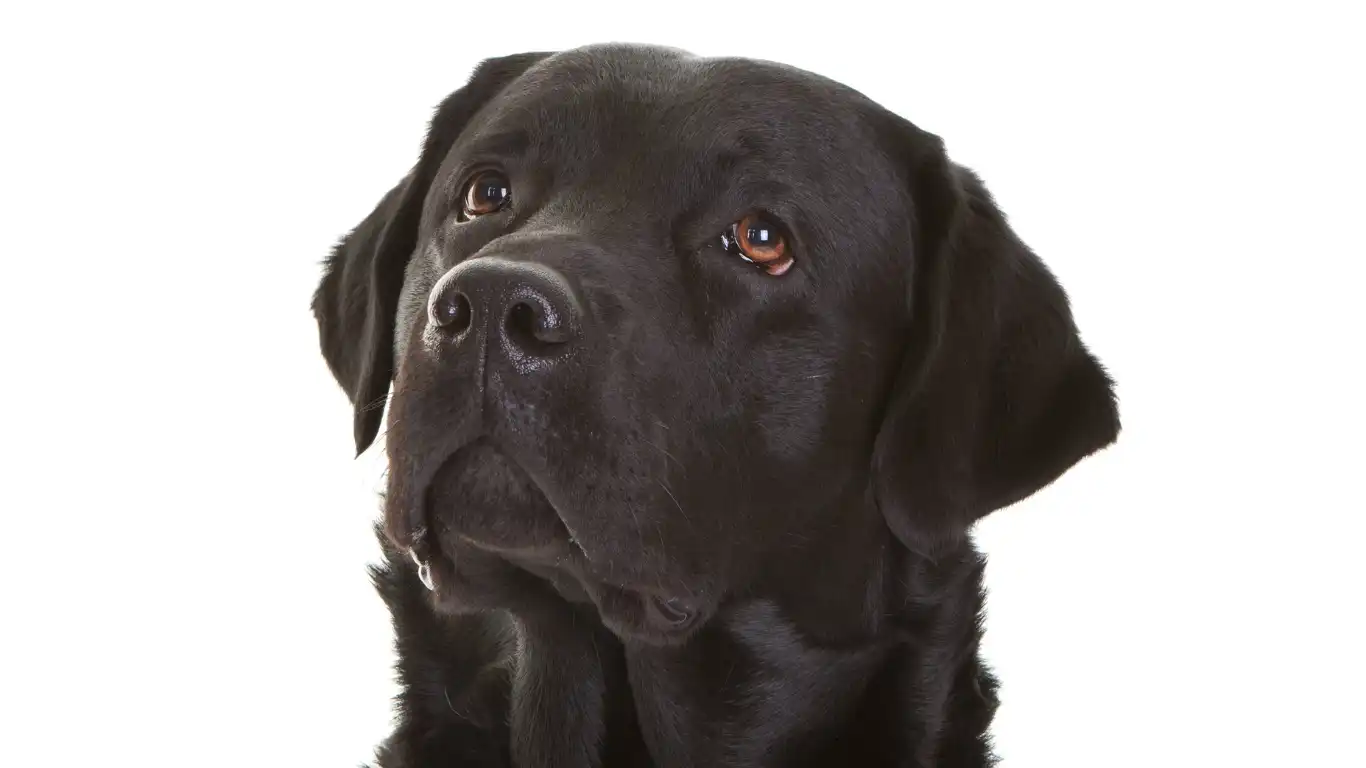
Recognizing and Handling Dog Stress Around Children
Just like us, dogs can experience stress, and it’s crucial to recognize when your dog is feeling overwhelmed by their environment, especially when children are involved. A stressed dog is more likely to show signs of discomfort, which could escalate into aggressive or defensive behavior if not addressed properly. Recognizing the signs of stress early can help prevent negative experiences for both your dog and your child.
Signs of Stress in Dogs
Over the years, I’ve seen many dogs exhibit subtle signs of stress that, if not caught early, could lead to more serious issues. Some of the most common signs that a dog is stressed include:
- Panting, especially if it’s excessive and not linked to physical exertion.
- Drooling when the dog isn’t thirsty or after a meal.
- Whining or howling when there’s no clear cause, like a sudden loud noise.
- Body posture changes, such as a lowered tail or crouching stance.
- Yawning or licking their lips repeatedly without food present.
- Retreating to a corner or under furniture, trying to escape the situation.
It’s important to remember that each dog is different, and what might be a sign of stress for one dog may not be for another. So, the more you get to know your pet, the better you’ll be at recognizing when they’re starting to feel anxious or stressed around your child.
Dealing with Stress: What to Do Next
If you notice your dog showing signs of stress, it’s important to intervene gently. The first step is to remove your dog from the stressful situation. If a child is becoming too much for your dog to handle, calmly redirect your child’s attention elsewhere and give your dog some space. It’s crucial to keep a calm demeanor yourself, as dogs can pick up on our emotional states. If you’re anxious or frustrated, your dog will likely mirror those feelings, which only increases stress for both parties.
Once the environment is calmer, provide your dog with their safe space where they can relax and unwind. I’ve seen how giving a dog the opportunity to retreat to their space can make a big difference in helping them recover from stress.
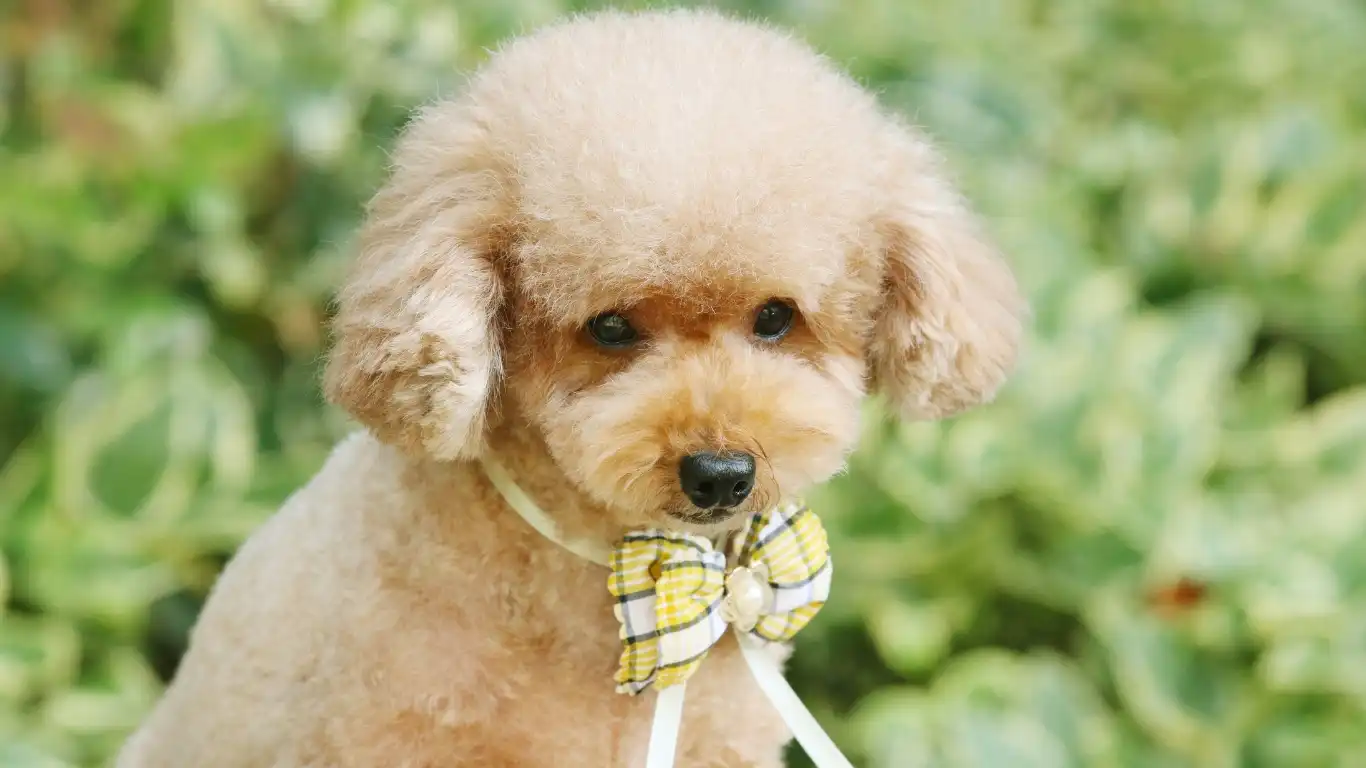
Managing Playtime Between Dogs and Children
Playtime between dogs and children can be a beautiful bonding experience, but it’s essential to make sure it’s safe for both parties. Playtime should always be fun, not stressful. I’ve seen families who have created amazing moments of connection between their kids and their dogs, but it requires some thought and preparation to ensure the experience is safe and enjoyable.
Guidelines for Safe Play
To ensure that both your dog and child enjoy playtime together, follow these guidelines:
- Supervised Play: Always supervise any interaction between your dog and your child. No matter how well-behaved your dog is, it’s important to be present to intervene if needed.
- Gentle Play: Encourage your child to play gently with the dog. This means no rough play or tug-of-war games that could accidentally cause harm to either party.
- Use Appropriate Toys: Make sure the toys you use are dog-safe and designed for their size and breed. Avoid toys that could break apart and cause choking hazards.
- Teach Boundaries: Teach your child when to stop playing if the dog seems tired or overstimulated. Likewise, teach your dog when it’s time to stop playing and relax.
Remember, not all dogs enjoy the same type of play. Some dogs prefer more relaxed activities, like fetch, while others enjoy more physical games. Pay attention to your dog’s cues and adjust playtime accordingly. I’ve had clients whose dogs love to chase balls, but they become frustrated if a child tries to engage in tug-of-war, so knowing your dog’s preferences is key.

Building Trust Between Your Dog and Your Child
Trust is the foundation of any good relationship, and this holds true for the relationship between your dog and child as well. Building trust between your dog and your child takes time, patience, and understanding. But with consistent effort, it’s possible for them to develop a strong, positive bond that lasts a lifetime.
Introducing Your Dog and Child Slowly
When introducing a dog to a child (especially if they’ve never met before), it’s crucial to take it slow. Start with brief, calm introductions and allow your dog and child to get to know each other gradually. Make sure your dog is on a leash to maintain control, and always have your child seated calmly during the first few meetings.
Over time, as trust builds, the interactions can become more frequent and involved. But if either your dog or child shows signs of anxiety or discomfort, take a step back and go slower. I’ve worked with many families who were able to successfully introduce a new dog into their home with children, but it required taking it one day at a time.
Encouraging Positive Interactions
Encourage positive interactions by rewarding both your dog and child when they demonstrate good behavior. For example, when your child gives the dog a treat gently or when your dog calmly allows your child to pet them, offer praise. This creates positive associations and helps build a lasting relationship based on mutual respect and affection.
Trust-building takes time, but as I’ve seen in many families, it’s incredibly rewarding. I’ve had clients report that their children and dogs became inseparable best friends, and the bond they share is truly special.
Conclusion: Creating a Safe and Happy Environment for All
At the end of the day, keeping your dog safe around children is all about understanding both your dog’s and your child’s needs and behaviors. With the right training, boundaries, and supervision, you can create a safe, happy environment where both your dog and your child can thrive together. Remember, every dog is different, and what works for one might not work for another. Stay patient, keep working with your dog, and always prioritize safety. And if you ever feel uncertain or face challenges, don’t hesitate to seek professional help—there’s no shame in wanting to do what’s best for both your pet and your family.
For more tips on caring for your pets and creating a harmonious home, check out our other resources at PawPatron.
Disclaimer: The information provided in this article is for educational purposes only. Always consult with a veterinarian or professional trainer if you have specific concerns regarding your dog’s behavior or health.

